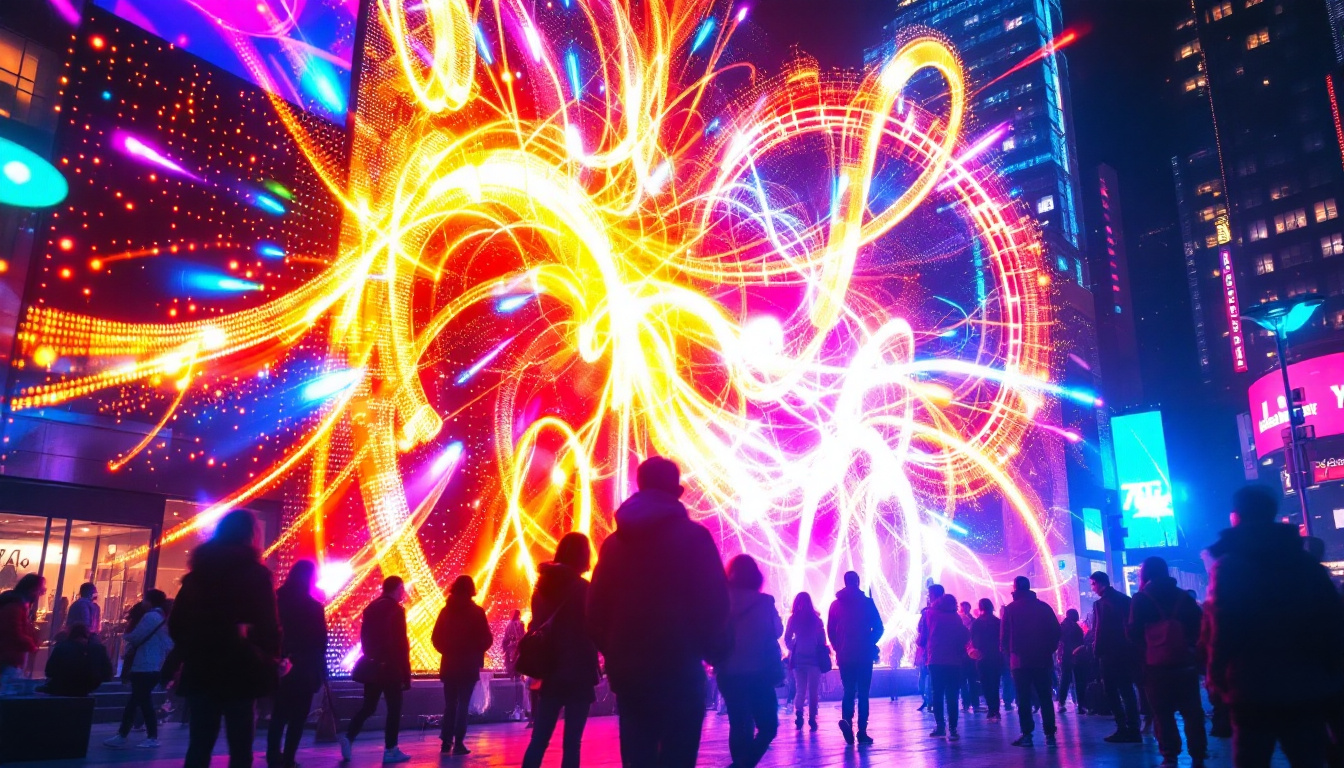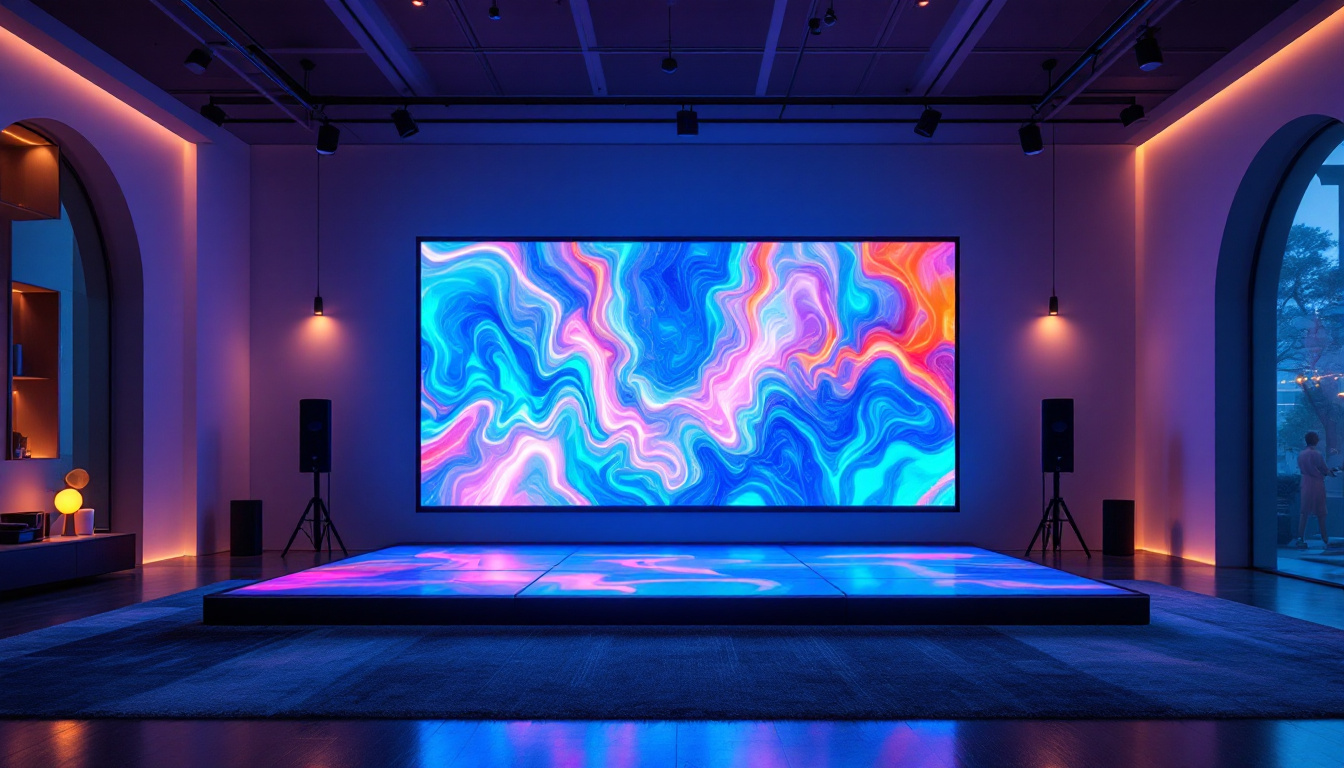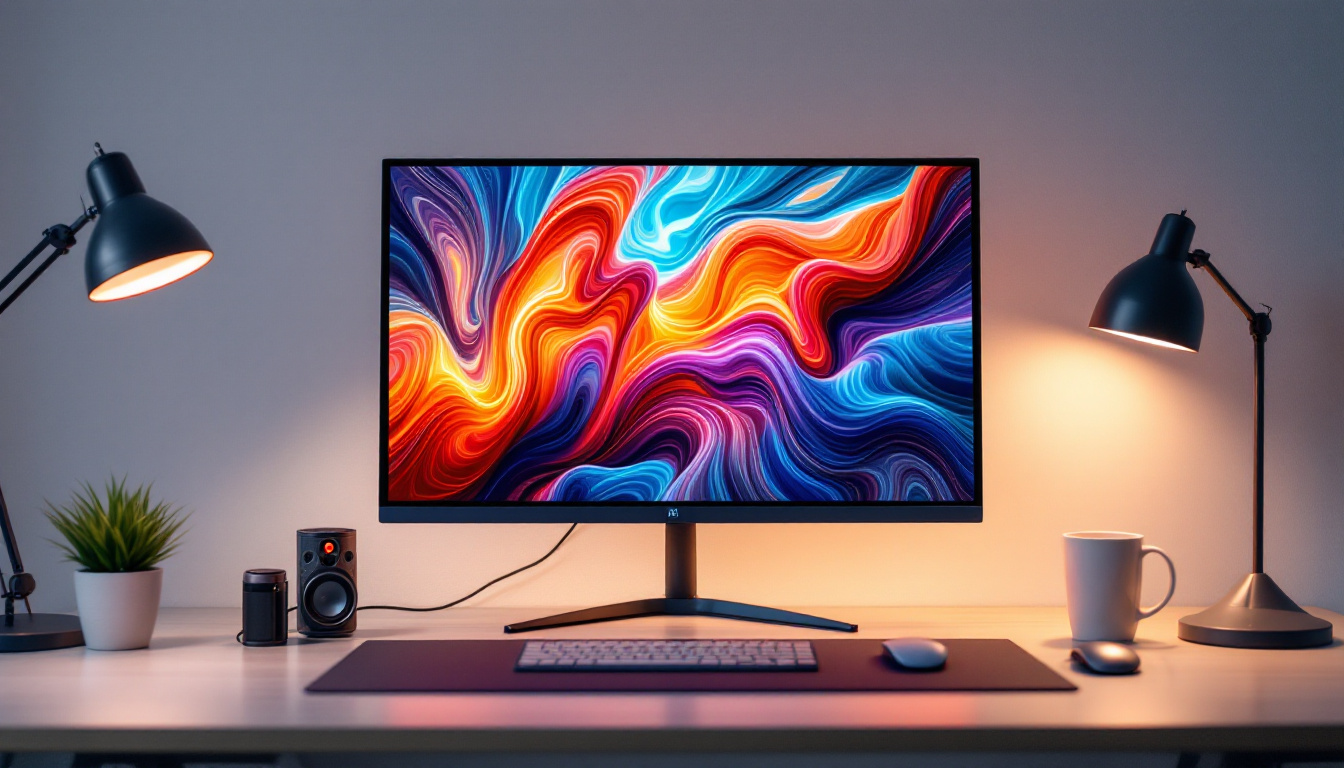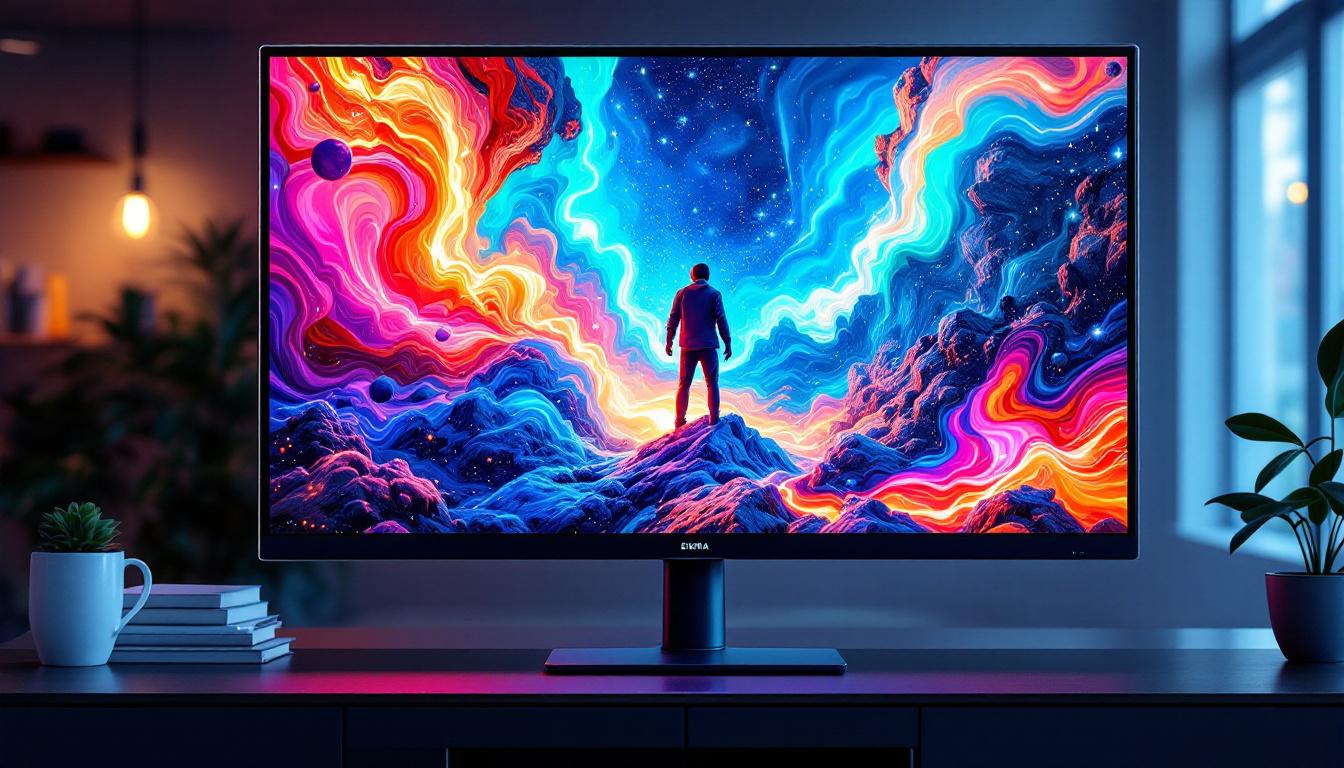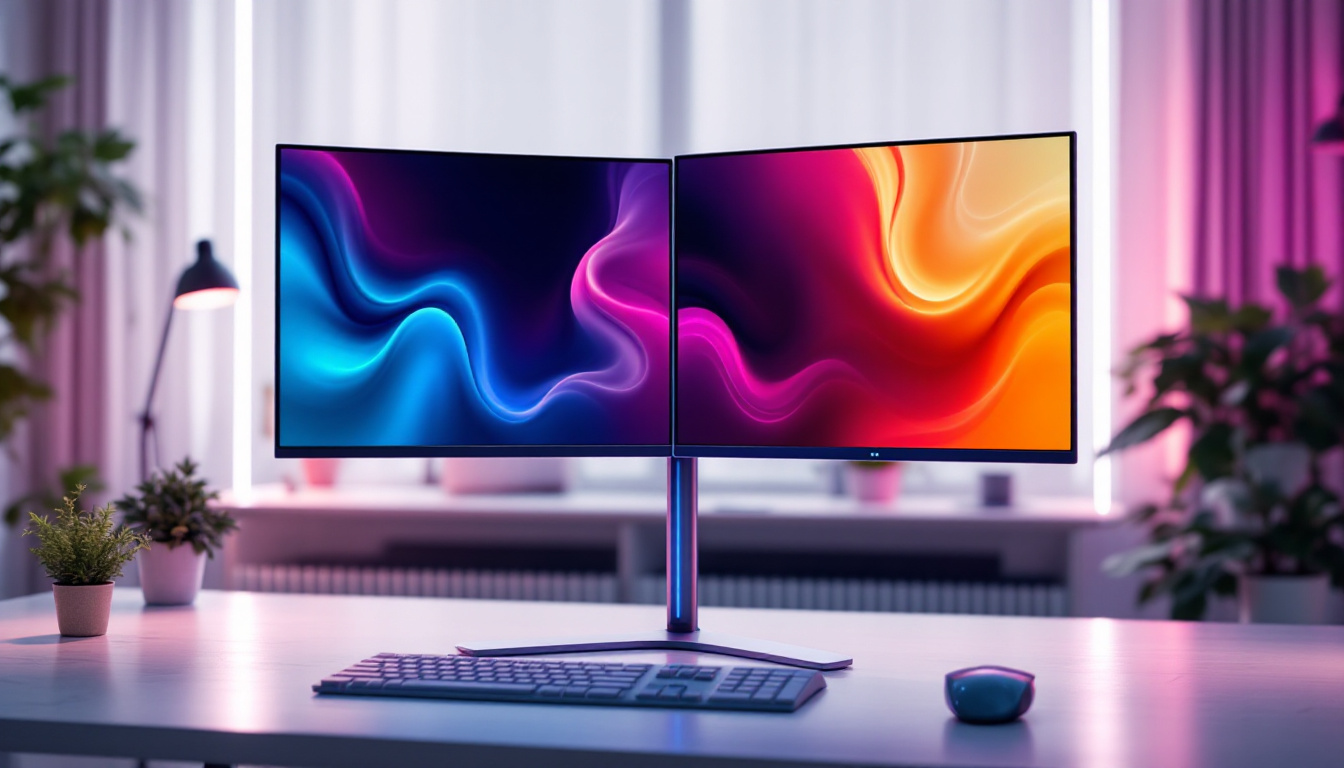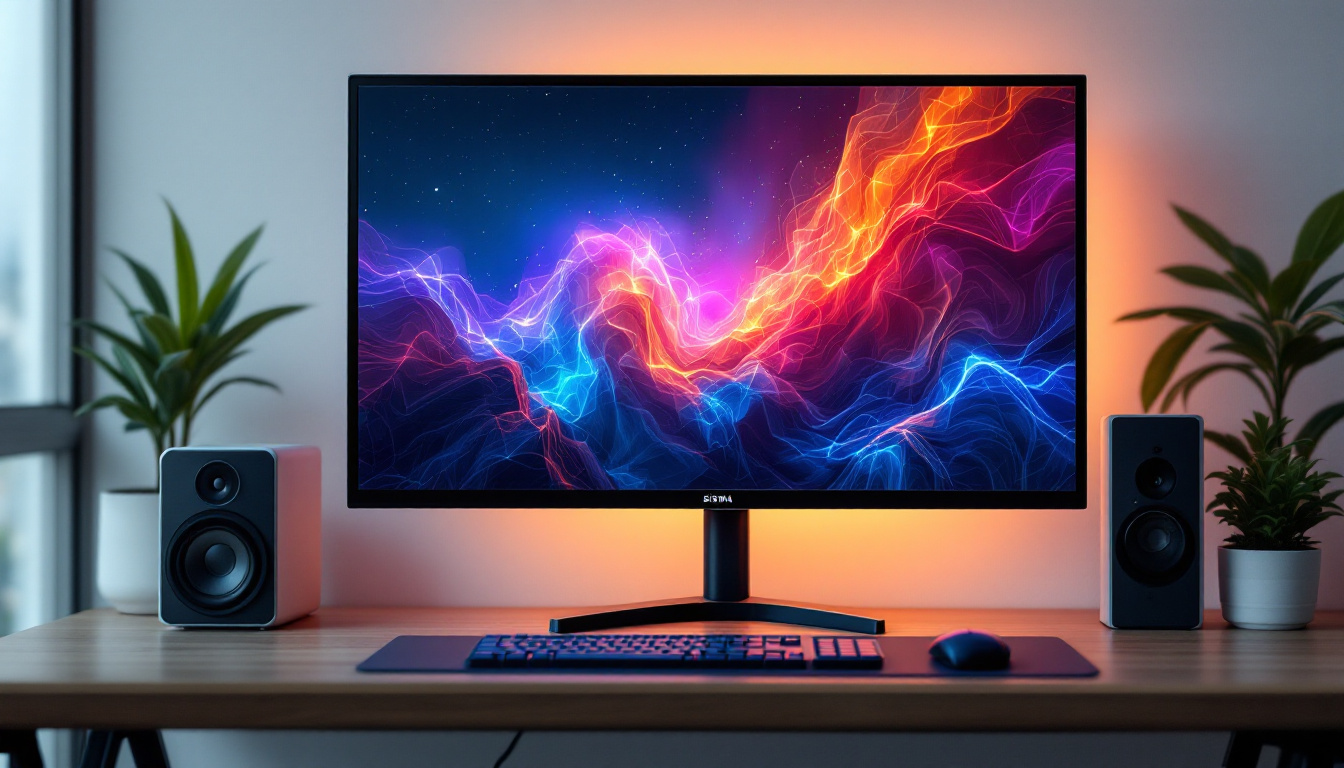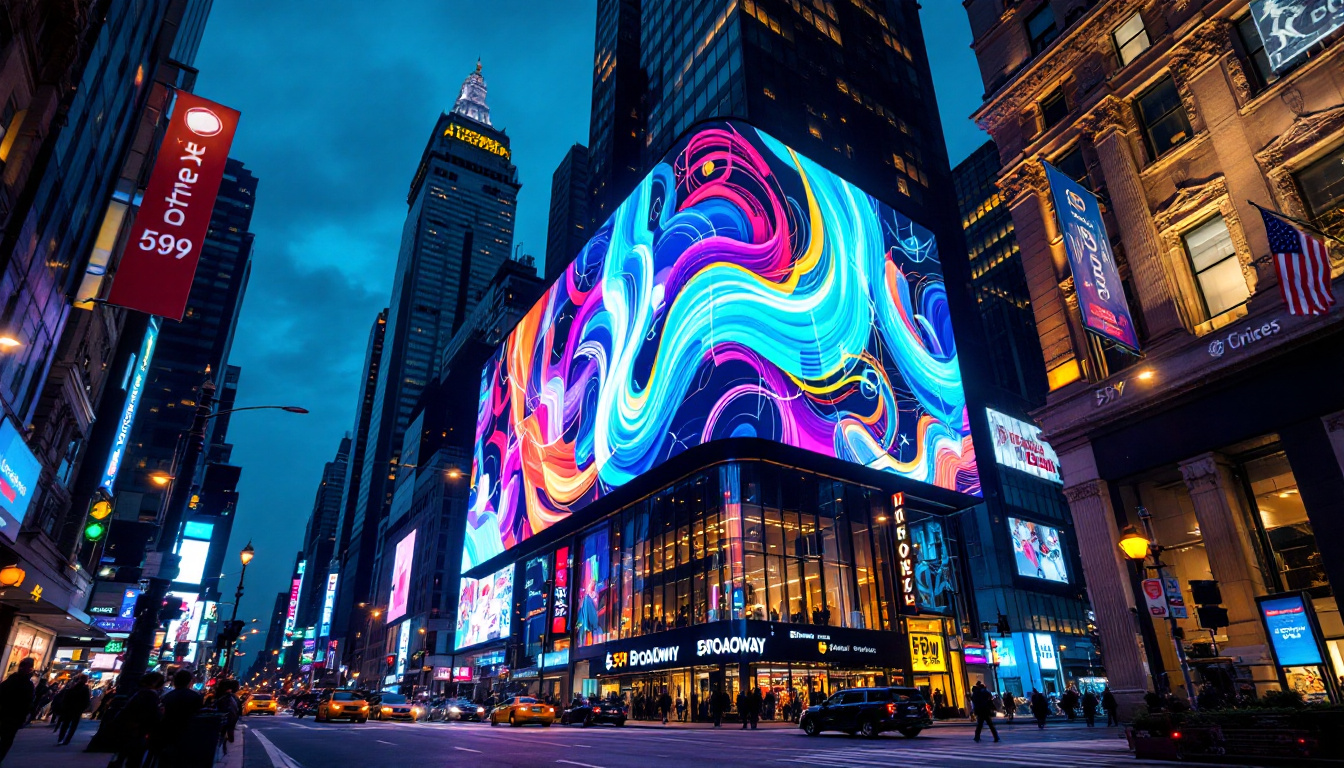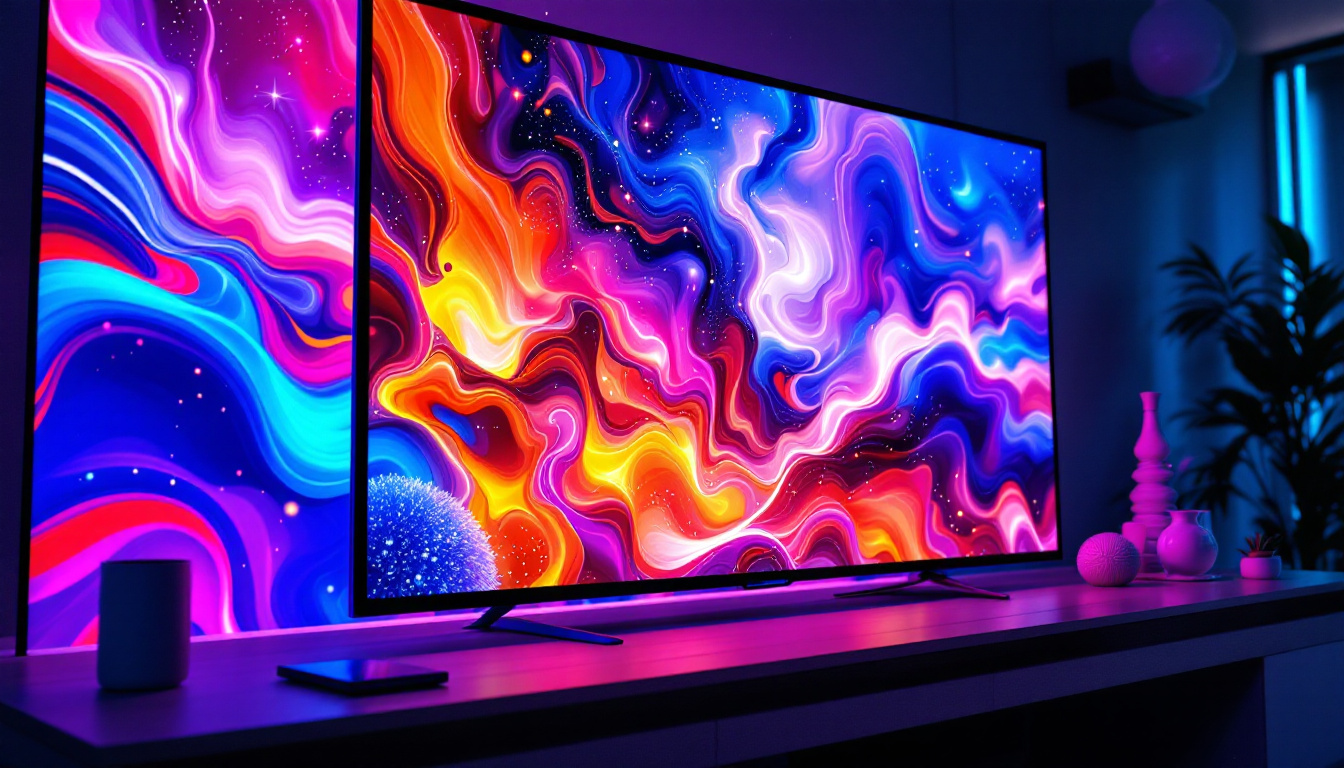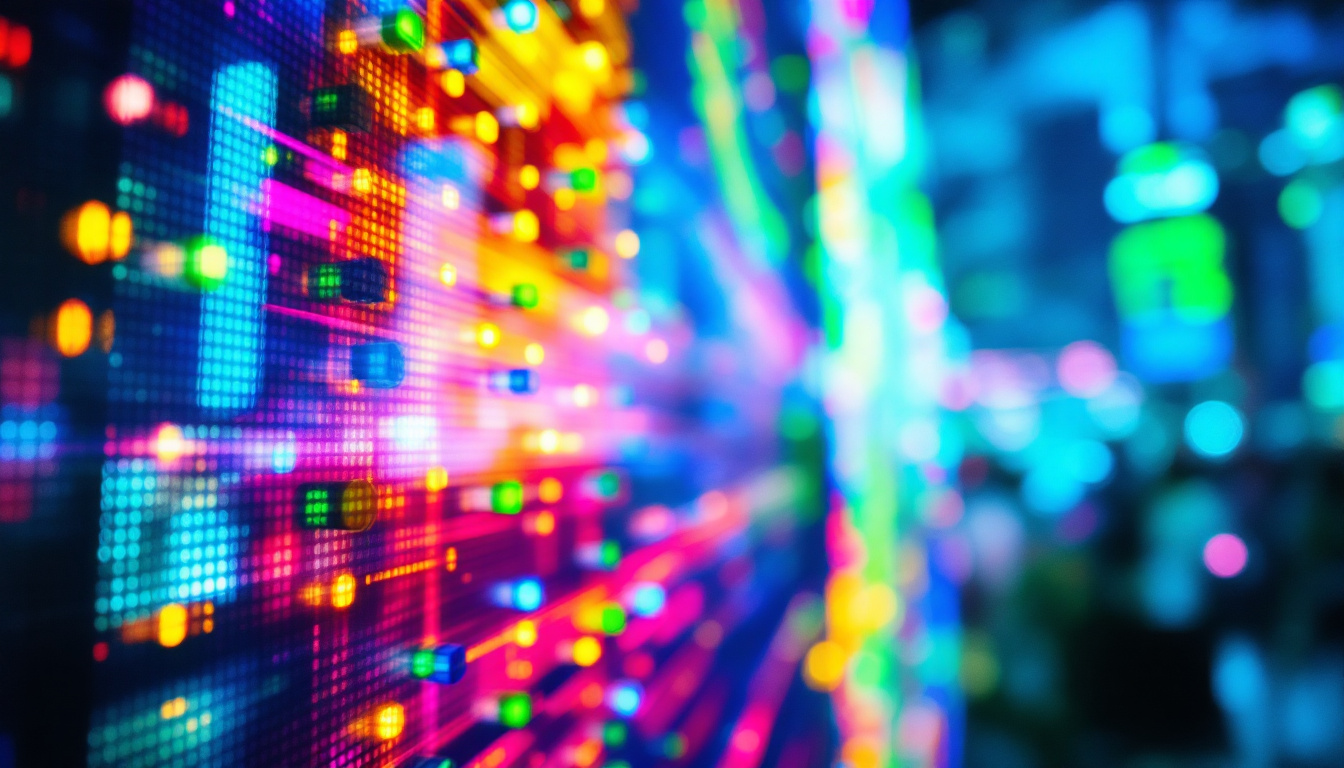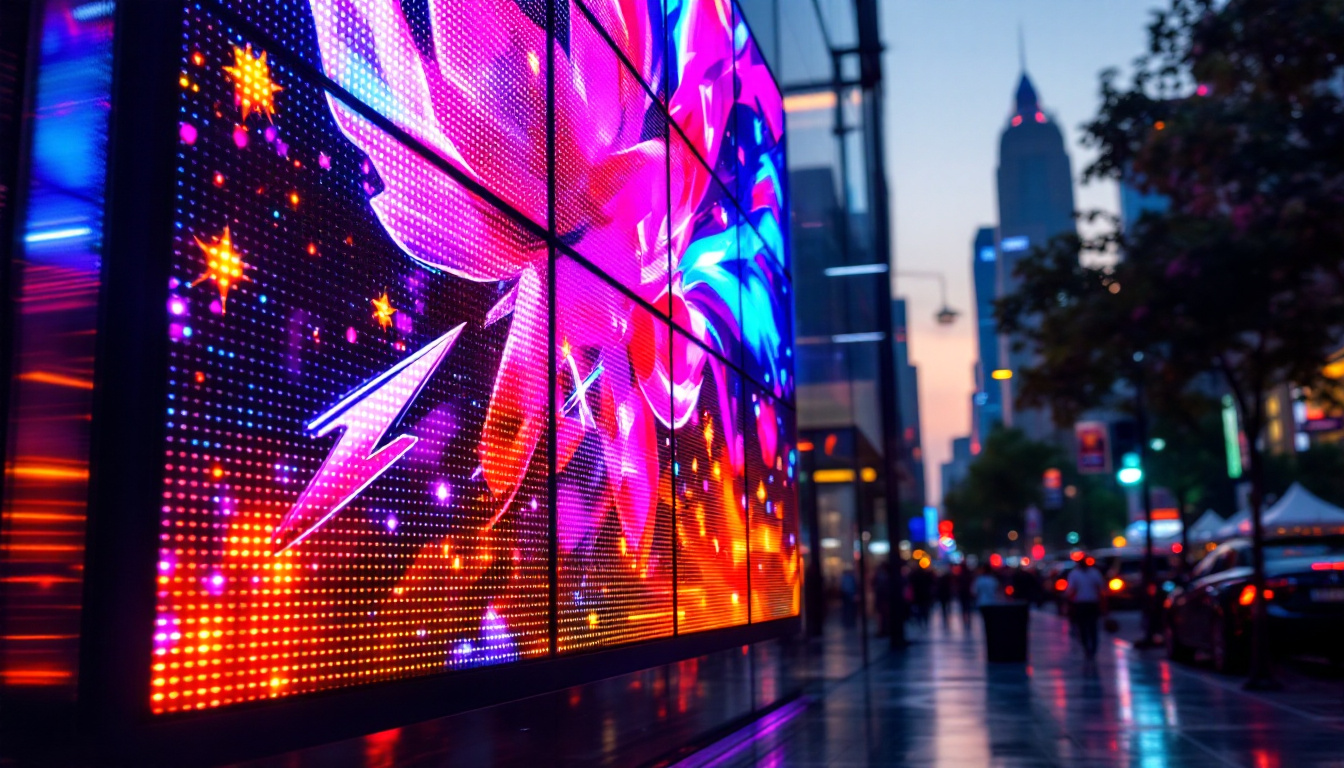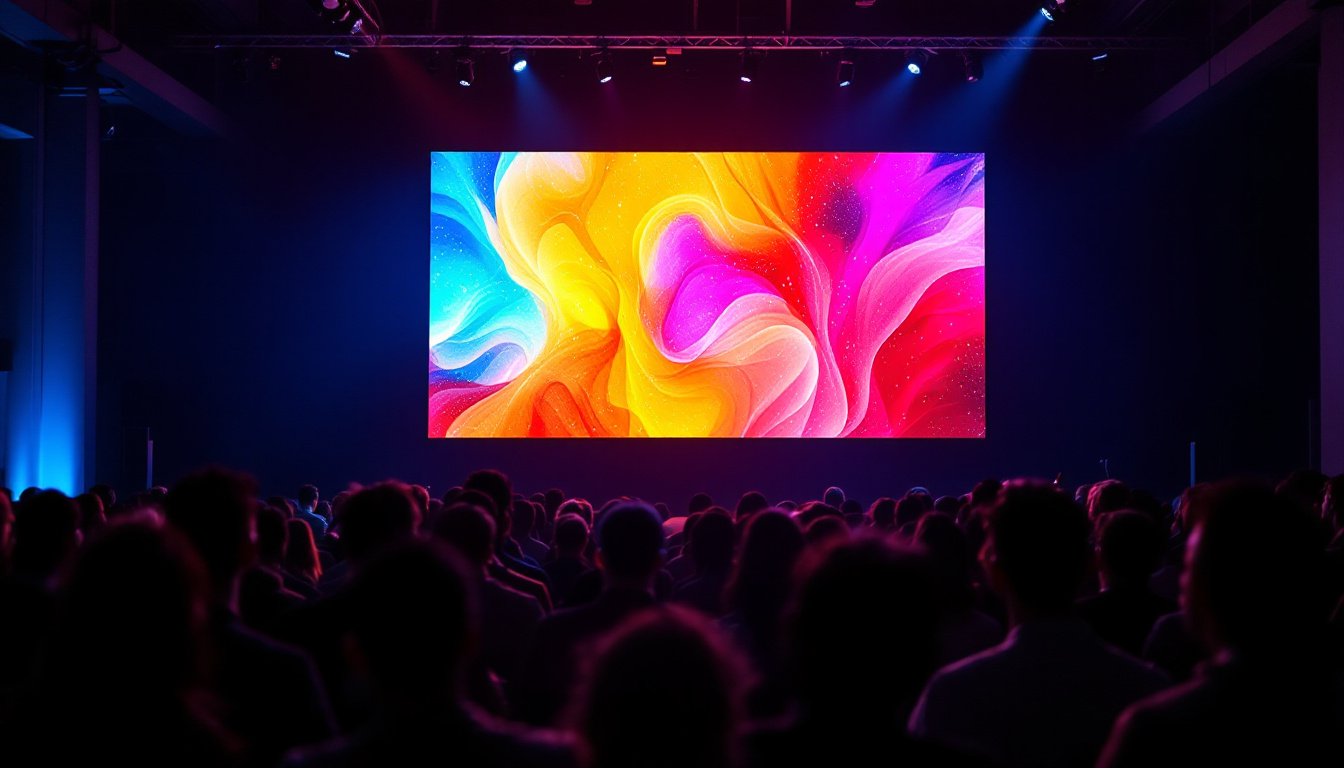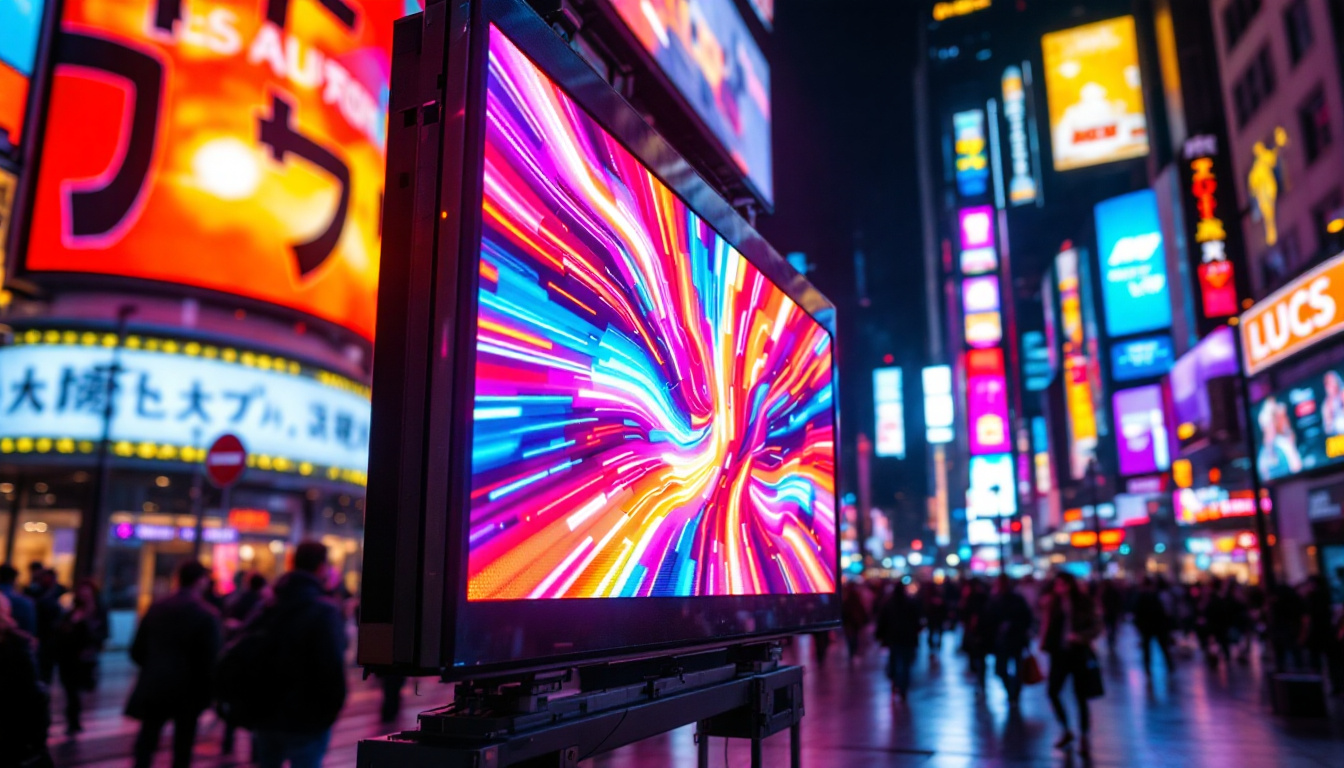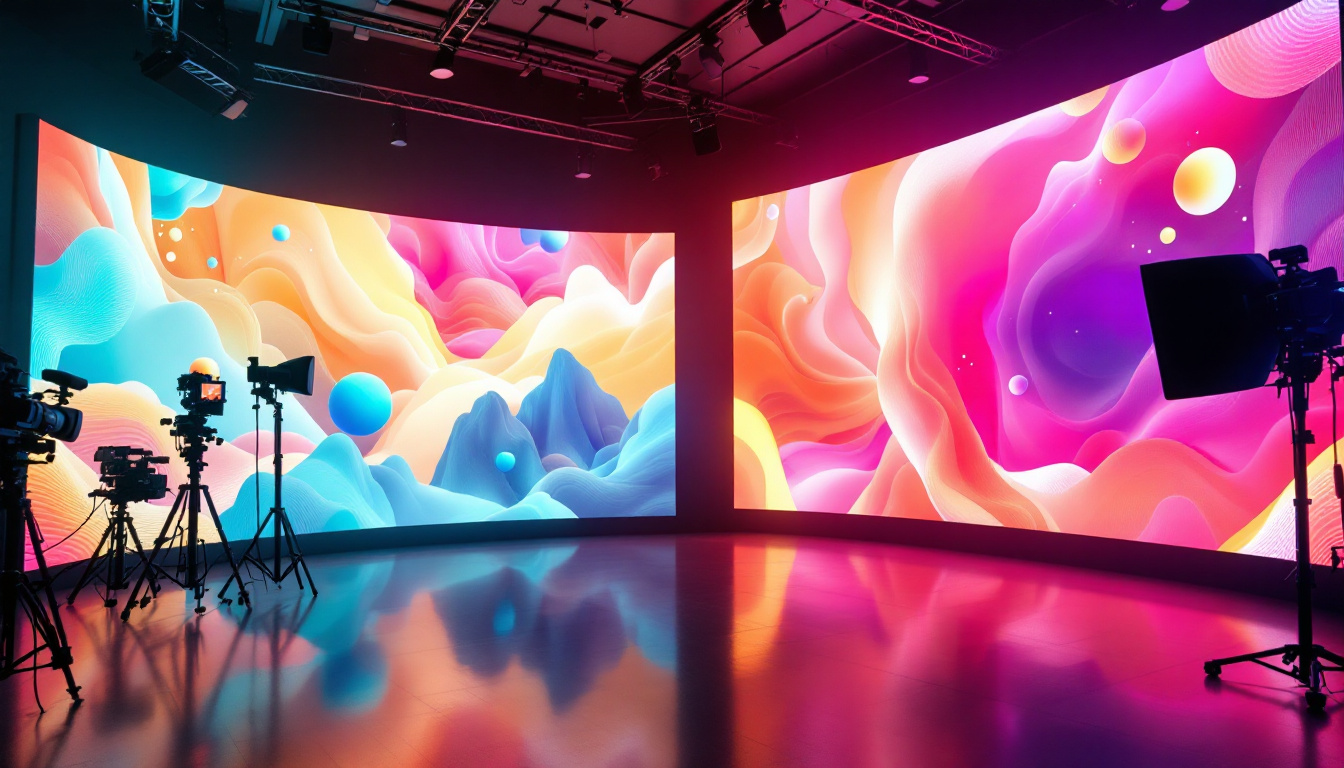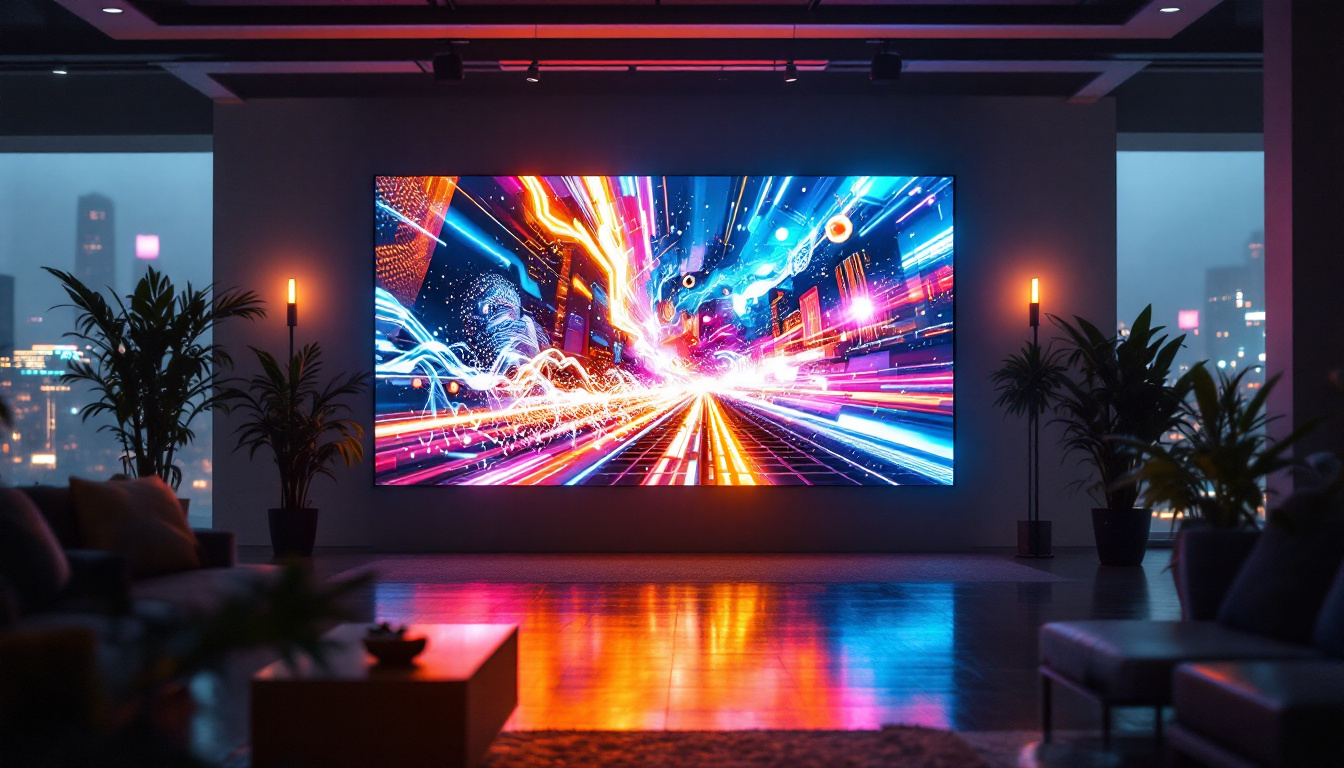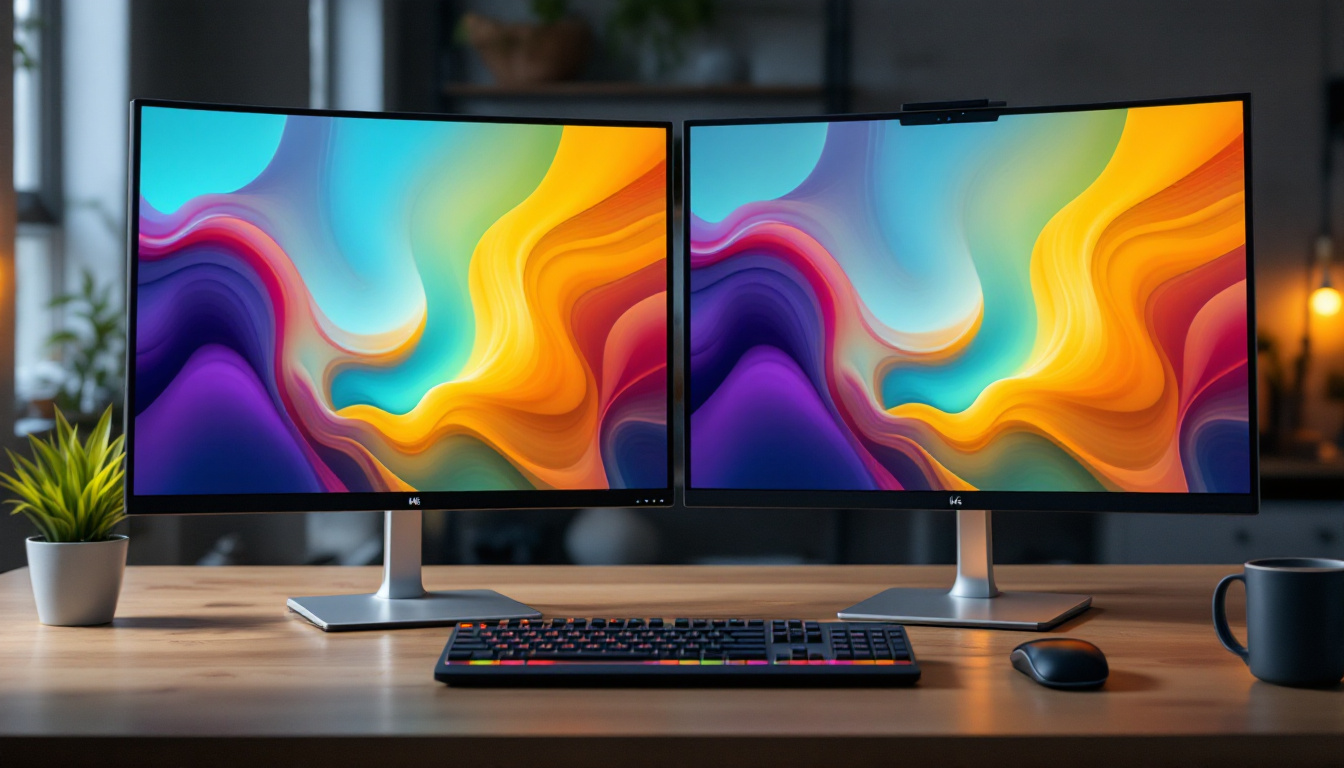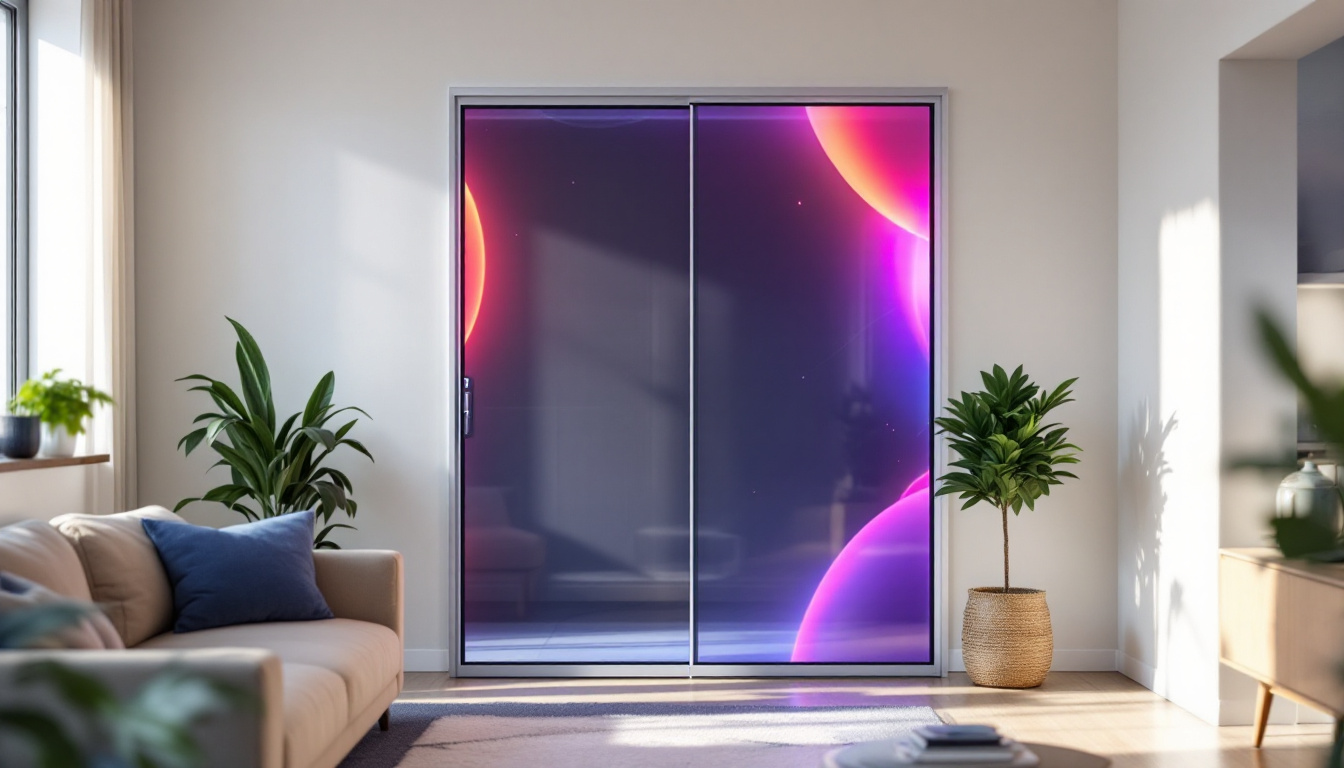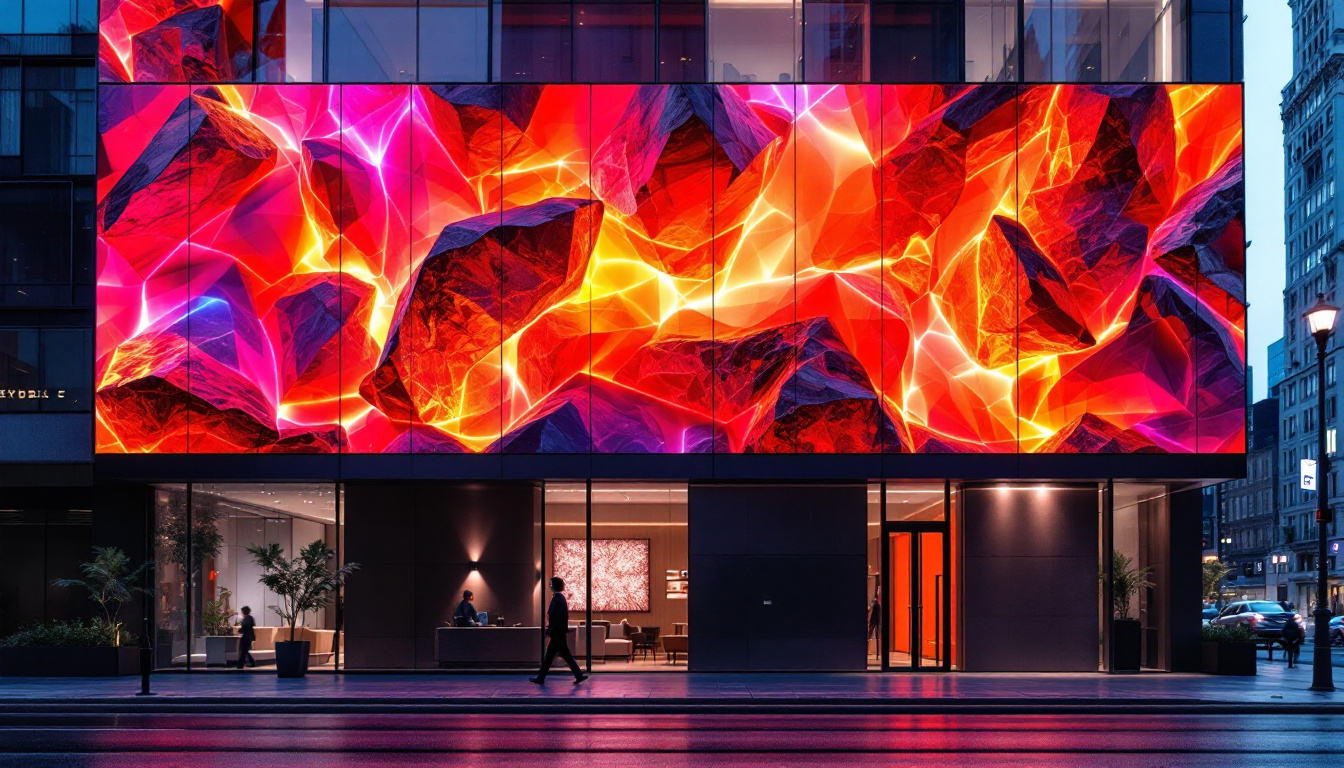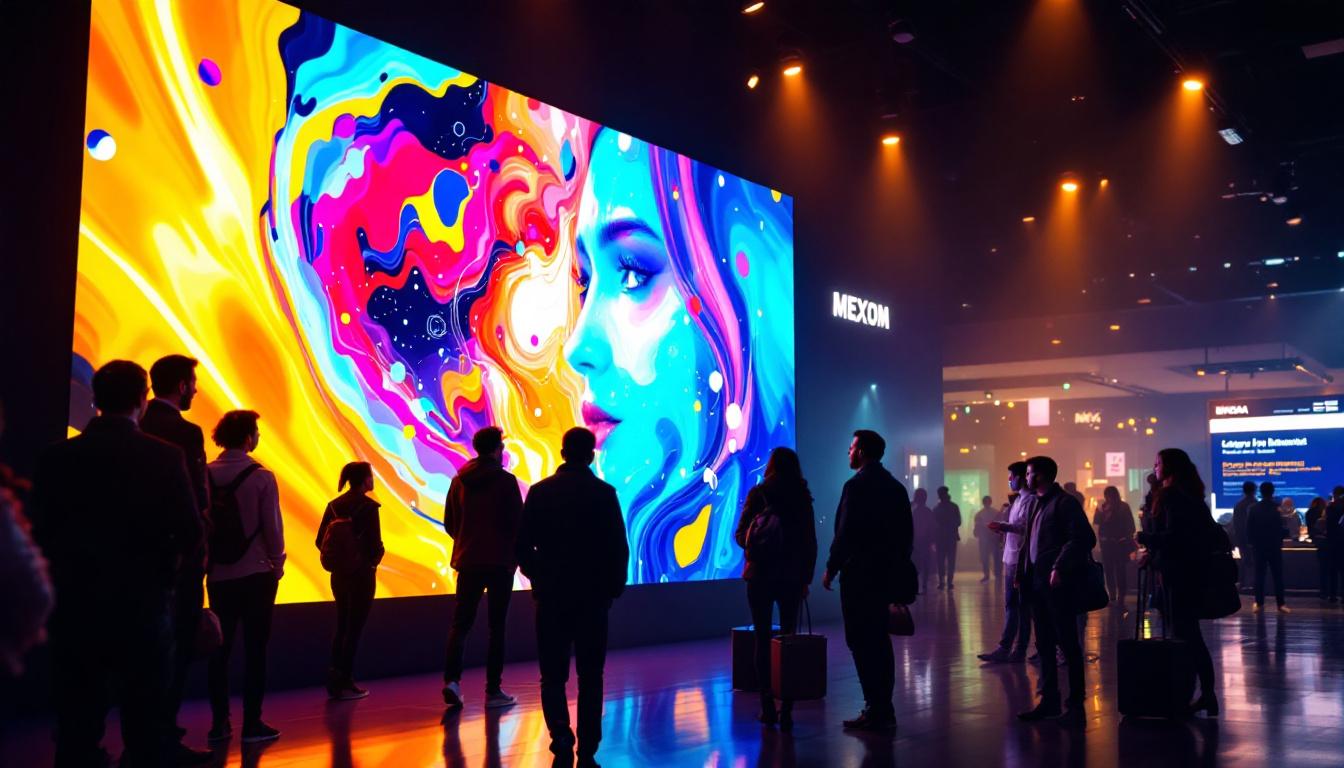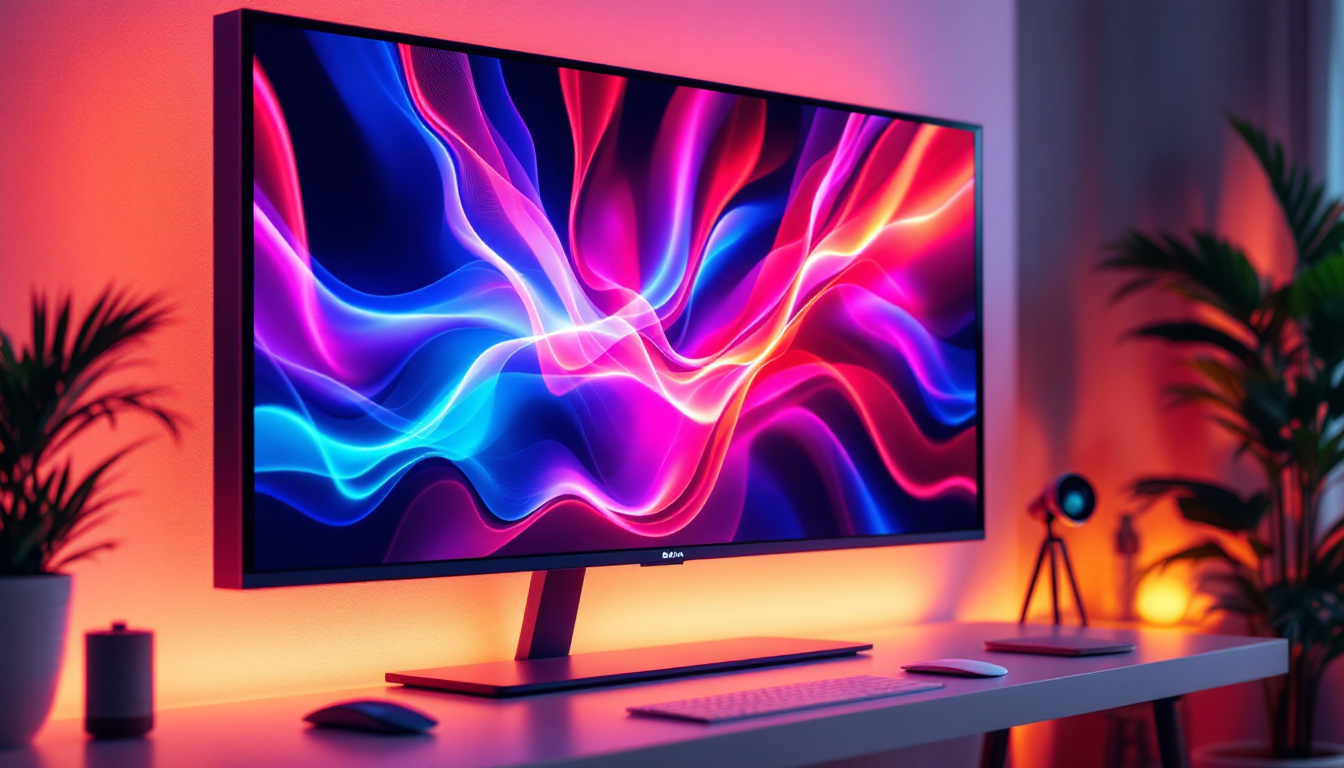In the realm of modern technology, mini LED screens have emerged as a revolutionary advancement in display technology. These screens, which utilize a multitude of tiny LEDs, offer remarkable improvements in brightness, color accuracy, and energy efficiency compared to traditional LCDs and even OLED displays. This article delves into the intricacies of mini LED technology, its applications, benefits, and how it is reshaping the visual experience across various industries.
Understanding Mini LED Technology
Mini LED technology represents a significant leap forward in the way displays function. By employing thousands of tiny LEDs as individual light sources, mini LED screens can achieve finer control over brightness and contrast. This section will explore the fundamental aspects of mini LED technology and how it differs from other display types.
What are Mini LEDs?
Mini LEDs are essentially smaller versions of traditional LEDs, typically measuring less than 0.2 millimeters in size. This reduction in size allows for a higher density of LEDs on a given surface area, resulting in enhanced control over local dimming zones. The ability to adjust brightness on a pixel-by-pixel basis leads to deeper blacks and more vibrant colors, making mini LED displays particularly appealing for high-definition content. Furthermore, the compact size of mini LEDs enables manufacturers to create thinner and lighter displays, which is a significant advantage in the ever-evolving landscape of consumer electronics. As a result, devices such as televisions, laptops, and monitors can offer a sleeker design without compromising on performance.
How Mini LEDs Work
Mini LED technology operates by using a backlighting system that consists of thousands of these miniature LEDs. Unlike conventional LCD displays that utilize a single backlight, mini LED displays can independently control each zone of LEDs. This local dimming capability allows for improved contrast ratios, as the screen can dim specific areas while keeping others brightly lit. The result is a more dynamic and immersive viewing experience. Additionally, mini LED technology can enhance HDR (High Dynamic Range) content, allowing for a broader range of colors and luminance levels. This capability is especially beneficial for filmmakers and content creators who strive to deliver visually stunning experiences, as it allows for a more accurate representation of their artistic vision.
Comparison with Other Display Technologies
When contrasting mini LED with traditional LCD and OLED technologies, several key differences emerge. Traditional LCDs rely on a single backlight, which can lead to issues like light bleed and poor contrast. OLED displays, while offering excellent color and contrast, can suffer from burn-in and are generally more expensive to produce. Mini LED technology strikes a balance between these two, providing superior performance without some of the drawbacks associated with OLED. Moreover, mini LED displays are becoming increasingly popular in gaming monitors, where fast response times and high refresh rates are crucial. The enhanced brightness and contrast capabilities of mini LEDs allow gamers to experience vivid visuals even in the most demanding scenarios, making them an attractive option for both casual and competitive players alike. As the technology continues to evolve, we can expect to see even more innovative applications and enhancements that push the boundaries of display quality.
Applications of Mini LED Screens
The versatility of mini LED screens has led to their adoption in a variety of applications. From consumer electronics to professional displays, mini LED technology is making waves across multiple sectors. This section will highlight some of the most prominent applications of mini LED screens.
Consumer Electronics
Mini LED technology has found a home in consumer electronics, particularly in televisions and computer monitors. Major manufacturers are now integrating mini LED backlighting into their high-end models, offering consumers a premium viewing experience. The enhanced brightness and contrast levels make these displays ideal for watching movies, playing video games, and even professional graphic design work. Furthermore, the reduced blooming effect and improved local dimming capabilities of mini LED screens allow for a more immersive experience, making them a favorite among cinephiles and gamers alike. As the technology continues to evolve, we can expect even more innovative features, such as adaptive refresh rates and enhanced color accuracy, to further elevate the consumer experience.
Professional Displays and Signage
In the realm of professional displays, mini LED technology is being utilized for digital signage, broadcast studios, and control rooms. The ability to deliver vibrant colors and deep blacks is crucial in environments where visual clarity is paramount. Mini LED screens are also being used in large-scale displays, such as stadium screens and outdoor advertising, where visibility in bright conditions is essential. The durability and energy efficiency of mini LED technology make it particularly appealing for long-term installations, reducing maintenance costs and energy consumption. Additionally, the modular design of many mini LED displays allows for easy customization and scalability, enabling businesses to create unique visual experiences tailored to their specific needs. This flexibility has led to a surge in creative applications, from interactive installations in museums to dynamic advertising in retail spaces.
Automotive Displays
The automotive industry is also embracing mini LED technology for dashboard displays and infotainment systems. These screens provide drivers with clear, easy-to-read information while enhancing the overall aesthetic of the vehicle’s interior. The high brightness and contrast capabilities ensure that information is visible in various lighting conditions, improving safety and user experience. Moreover, mini LED displays can be integrated into advanced driver-assistance systems (ADAS), providing real-time data and alerts to enhance situational awareness. As vehicles become increasingly connected, the role of mini LED technology will likely expand, offering features such as augmented reality navigation and customizable ambient lighting, which can transform the driving experience into something truly futuristic. The potential for integration with smart home systems also opens new avenues for automotive displays, allowing for seamless connectivity and control right from the dashboard.
Benefits of Mini LED Screens
Mini LED technology offers a plethora of benefits that make it an attractive option for both manufacturers and consumers. Understanding these advantages can shed light on why mini LED displays are gaining popularity in various sectors.
Improved Brightness and Contrast
One of the standout features of mini LED screens is their ability to achieve higher brightness levels compared to traditional displays. This is particularly beneficial in brightly lit environments, where visibility can be a challenge. The local dimming capabilities of mini LEDs also allow for superior contrast ratios, enhancing the overall viewing experience.
Energy Efficiency
Mini LED technology is designed with energy efficiency in mind. By utilizing smaller LEDs and advanced dimming techniques, these displays consume less power than their larger counterparts. This not only reduces electricity costs but also contributes to a smaller carbon footprint, making mini LED screens an environmentally friendly choice.
Thin and Lightweight Design
Another significant advantage of mini LED technology is the potential for thinner and lighter displays. The compact size of mini LEDs allows for sleeker designs, making them ideal for modern aesthetics in consumer electronics. This lightweight nature also facilitates easier installation and transport, particularly in professional applications.
Challenges and Considerations
While mini LED technology offers numerous benefits, it is not without its challenges. Understanding these limitations is crucial for consumers and manufacturers alike. This section will discuss some of the common challenges associated with mini LED screens.
Cost Implications
One of the primary challenges of mini LED technology is the cost. The manufacturing process for mini LEDs is more complex than traditional display technologies, which can lead to higher retail prices. This may deter some consumers from opting for mini LED displays, especially when more affordable options are available.
Potential for Blooming
Although mini LED displays excel in contrast, they are still susceptible to a phenomenon known as blooming. This occurs when bright objects on a dark background create a halo effect due to light bleeding into adjacent areas. While advancements in local dimming technology are helping to mitigate this issue, it remains a consideration for potential buyers.
Market Adoption and Competition
The market for display technologies is highly competitive, with various options available to consumers. While mini LED technology is gaining traction, it faces competition from established technologies like OLED and newer innovations such as microLED. The pace of adoption will depend on consumer preferences, pricing strategies, and advancements in manufacturing processes.
The Future of Mini LED Technology
As mini LED technology continues to evolve, its future looks promising. Innovations in manufacturing and design are likely to enhance the capabilities of mini LED screens, making them even more appealing to consumers and businesses alike. This section will explore potential future developments in mini LED technology.
Advancements in Manufacturing Techniques
Ongoing research and development in manufacturing processes are expected to reduce costs and improve the efficiency of mini LED production. As techniques become more refined, it is likely that mini LED displays will become more affordable, paving the way for wider adoption across various markets.
Integration with Emerging Technologies
Mini LED technology is also poised to integrate with emerging technologies such as augmented reality (AR) and virtual reality (VR). As these technologies gain popularity, the demand for high-quality displays will increase, and mini LED screens could play a pivotal role in delivering immersive visual experiences.
Expanding Applications
As the benefits of mini LED technology become more widely recognized, its applications are expected to expand beyond current use cases. Industries such as healthcare, education, and gaming may increasingly adopt mini LED displays for their superior performance and versatility, further solidifying mini LED as a key player in the display technology landscape.
Conclusion
Mini LED screens represent a significant advancement in display technology, offering a combination of improved brightness, contrast, and energy efficiency. Their versatility has led to applications across various sectors, from consumer electronics to professional displays and automotive systems. While challenges such as cost and blooming exist, the future of mini LED technology looks bright, with ongoing advancements promising to enhance its capabilities and broaden its adoption.
As the demand for high-quality visual experiences continues to grow, mini LED technology is well-positioned to meet the needs of consumers and industries alike. With its unique advantages and potential for innovation, mini LED screens are set to play a crucial role in the future of display technology.
Discover the Future of LED Displays with LumenMatrix
Ready to experience the unparalleled brightness, contrast, and energy efficiency of mini LED technology? LumenMatrix is at the forefront of this innovative display revolution, offering a wide range of LED display solutions that cater to your unique needs. Whether you’re looking for an Indoor LED Wall Display, a dynamic Outdoor LED Wall Display, or specialized options like Vehicle LED Displays and LED Sports Displays, LumenMatrix has the cutting-edge technology to bring your vision to life. Don’t miss the opportunity to elevate your visual communication. Check out LumenMatrix LED Display Solutions today and see how we can help you create a lasting impression with every display.


